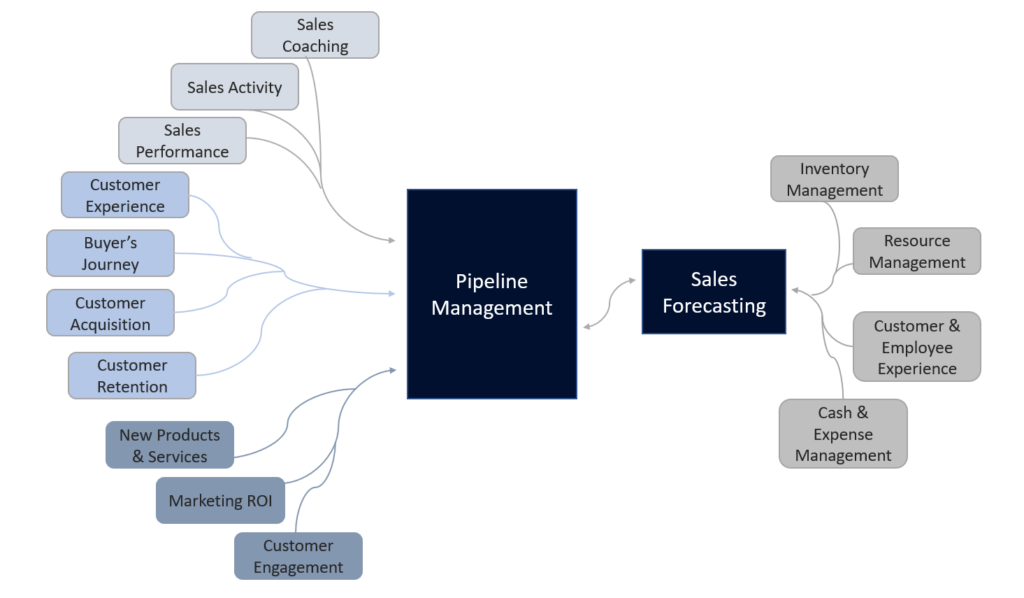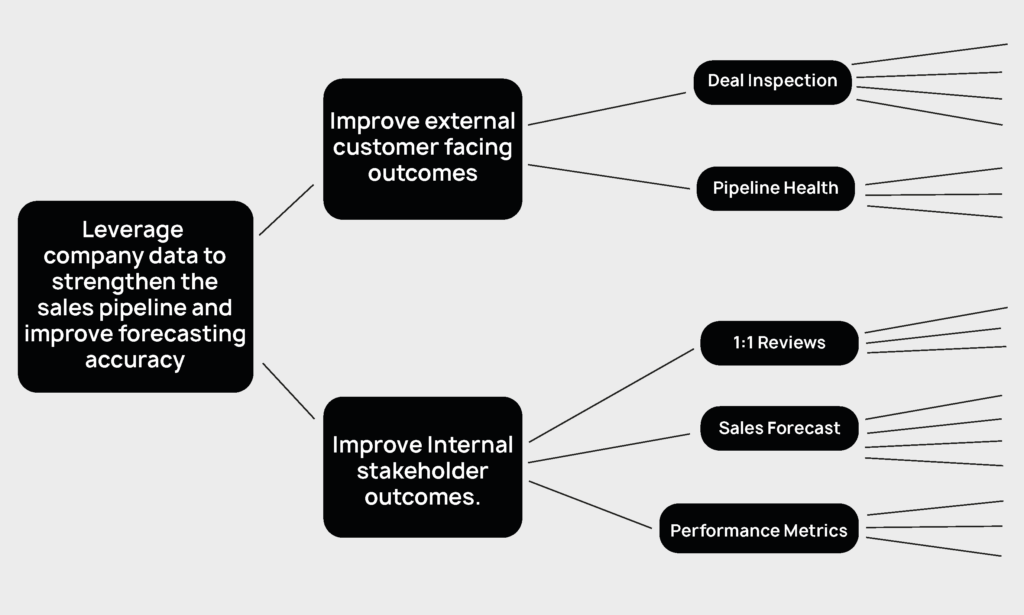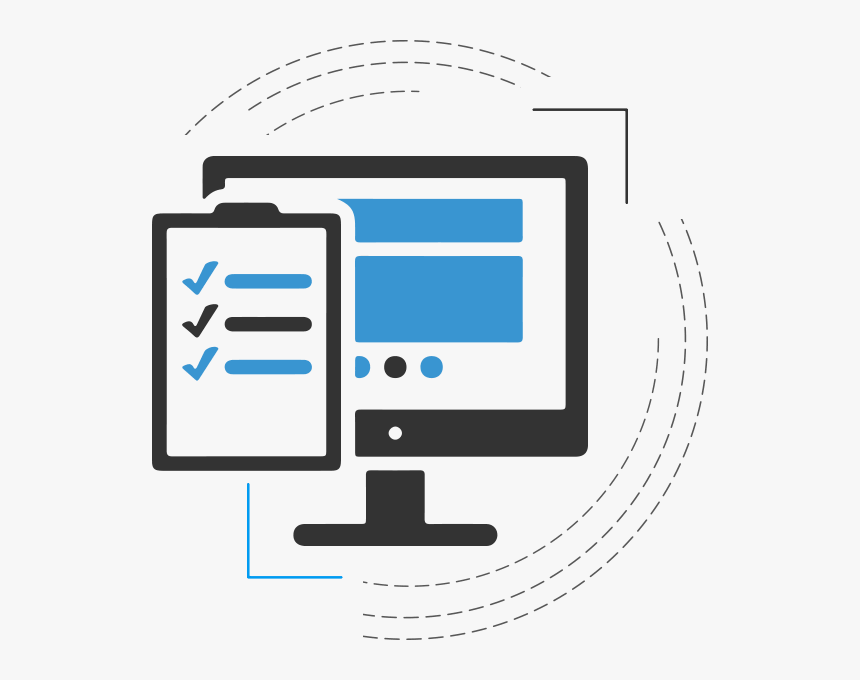Assessing your current Pipeline Management capability
4 minute read
The most basic definition of pipeline management is overseeing and progressing the opportunities in your sales pipeline but ask any sales manager or sales rep and they’ll tell you it’s much more than that and lies at the heart of everything a B2B sales team does.
Pipeline management starts at generating leads, finishes at onboarding and includes every step between, it includes the systems and the data, the sales process, the verifiers, the management of opportunities and the deployment of resources, this is why it’s considered a key capability and why improving your pipeline management and sales forecasting provides an opportunity for both quick wins and long term, sustainable performance improvements.
Best-in-Class Pipeline Management provides opportunities to – improve customer value, progress deals faster, identify risks earlier, problem solve, innovate, forecast, train, coach and feedback.
Transforming from a standard approach to Best-in-Class improves all aspects of sales performance and for smaller teams a £20k investment can quickly add £200k to the bottom line and for larger teams a £50k investment add £500k to the bottom line.

Benchmarking your current capability
If a competitor can sell better, faster and/or at a lower cost then the chances are they have different practices than you have, sales organisations have many capabilities but excelling at the key capabilities is where the biggest improvements are seen.
Pipeline management is a key and vital capability, if your competitor is making better use of their data to power better pipeline management and create more accurate forecasts than you – you need to catch up. If they aren’t its an opportunity to push ahead.
Breaking down and benchmarking your pipeline management to its core components, identifying the gap between the best performers and your current capability will uncover the potential economic value of operating at a higher level.
Collecting and leveraging your data
When it comes to pipeline management the single biggest differentiator between the best performers and standard performers is the use of data.
The key here is use of data not, amount of data or tools to access data but, simply automatically gathering your data at the key points of a well thought through sales process, broken down into steps, with task that when completed identify the strength, progression, engagement, resources and next steps required to convert an opportunity to revenue.
Breaking down to its component parts
When you’re on a 1:1 call or face to face meeting with your reps, it’s often difficult to get or trust the information you receive, why is it important?
This breaks down into two areas:
Converting opportunities to revenue
- Discussing opportunities with reps is a vital part of sales management but, relying solely on your reps anecdotal updates doesn’t provide the best platform for identifying risks, keeping opportunities on track and allocating the appropriate resources to support an opportunity.
Managing costs and meeting customer needs
- Allocating the appropriate resources effects not only the ability to convert the opportunity but also the conversion costs and not having an accurate view of an opportunities true status can easily lead to opportunities being incorrectly forecast, reducing your forecast accuracy and risking customer satisfaction.
Gaining meaningful data driven insights to support your 1:1s provides the evidence to either support or challenge your reps view of their opportunities and accurately identify the appropriate next steps.
Using our framework, we breakdown pipeline management and sales forecasting into 17 core functions, It’s these areas where Best-in-Class excels and outperforms its standard competitors, we compare your current capability for each one against Best-in-Class.
Our assessment provides a comprehensive document “ The Business Case for improving your Pipeline Management and Sales Forecasting” and includes a benchmark report, financial model showing the economic benefits available and a fully costed and prioritised implementation plan.

There are 2 ways to get started:

